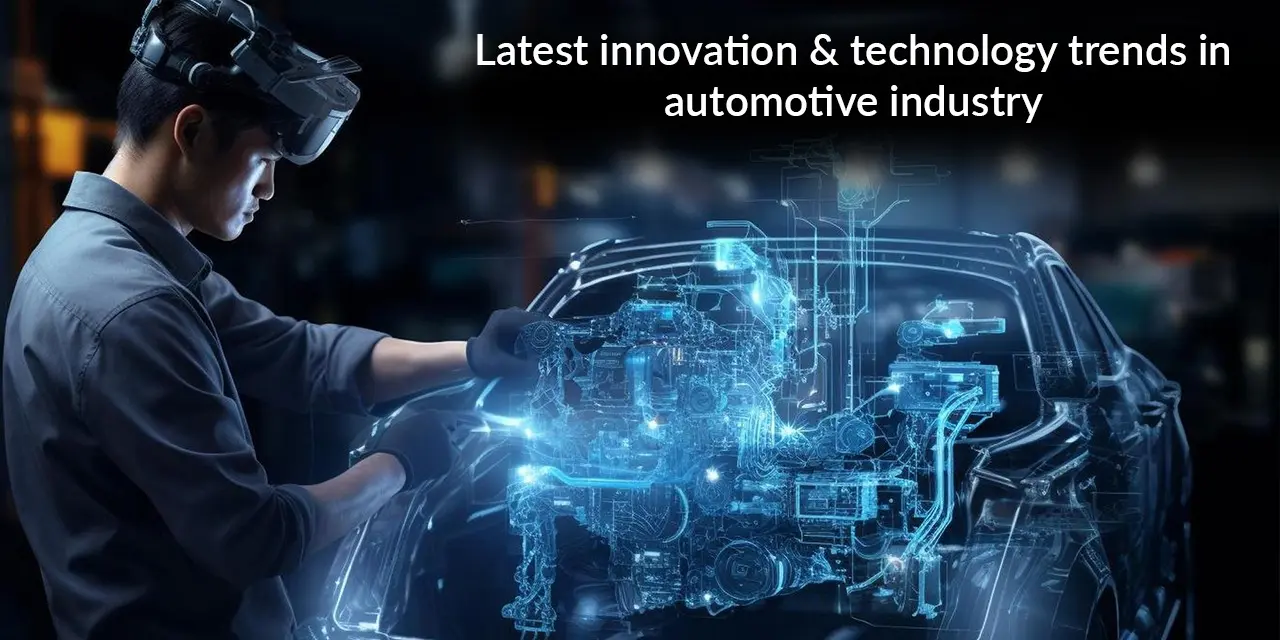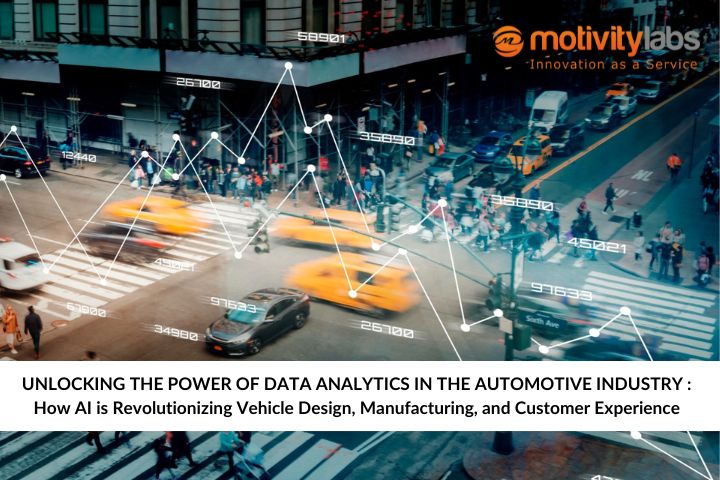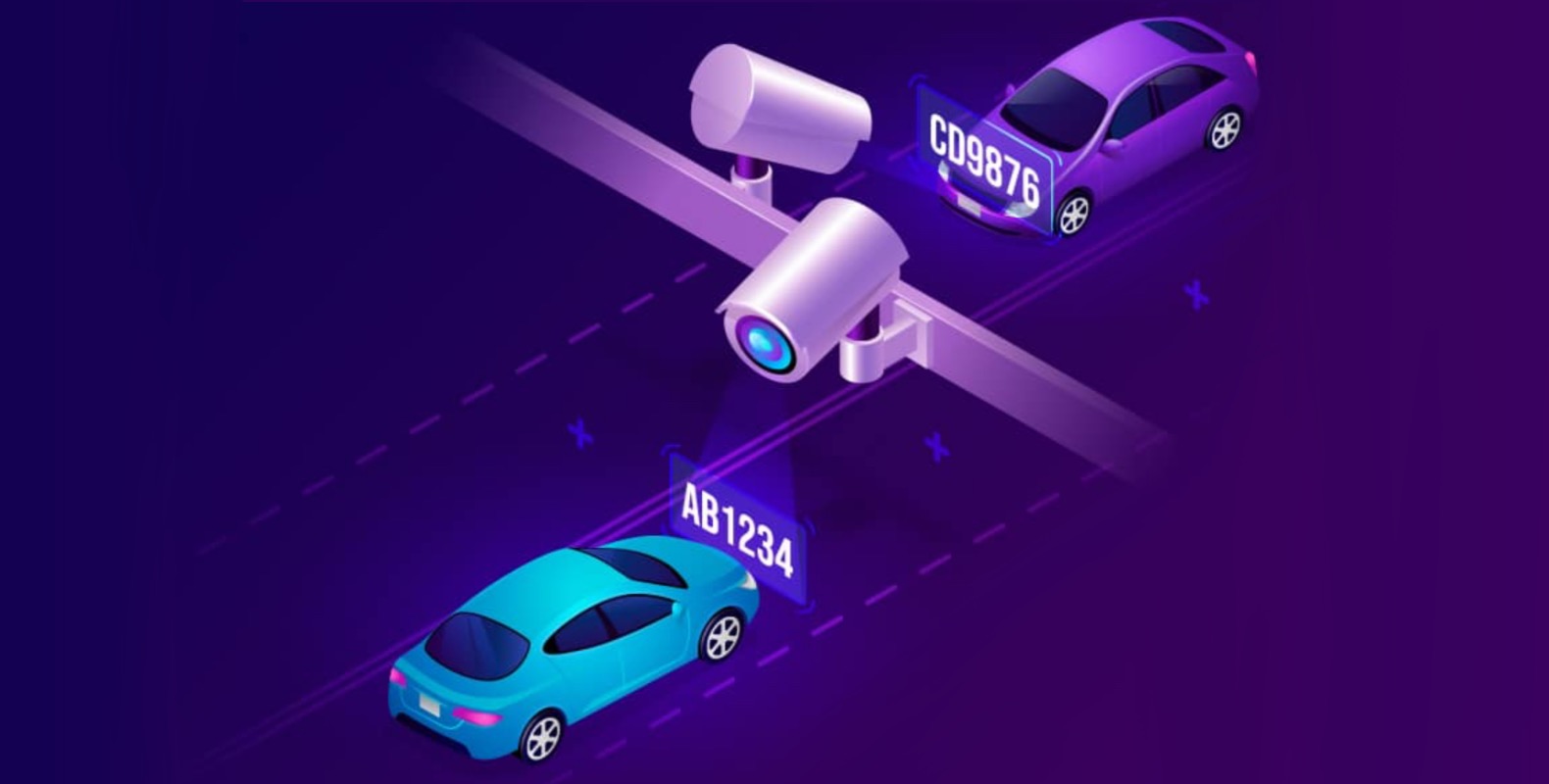Automotive Industry - An Overview
With the advent of AI, IoT, smart materials and advances in tooling and maufacturing; the automotive industry has undergone phenomenal transformation in recent years. The industry has progressed from a “nuts & bolts” operation, to a dynamic fusion of technology, innovation, design and user experience. 2023 and beyond beckons a new era, with exciting technology trends in automotive industry. The landscape is shifting towards electrification, automation, and connectivity. One needs only to look at the pioneer, Tesla, to see where the industry is headed. Even the leading smartphone maker, Apple, has entered the game, with self-driving technology. For connected car technology, design and IoT solutions, HARMAN International is the global leader, offering innovative automotive solutions since 1953.
Automotive IT Solutions
The incorporation of automotive IT solutions is one of the main forces behind transformation in the automobile sector. Vehicles are becoming linked, a literal “intelligence on wheels”. Innovations in the automotive industry are improving the driving experience, with sophisticated entertainment systems and navigation to driver-assist technologies. Autonomous vehicles are also being made possible by automotive IT solutions, which will make roadways safer and reliable.

How Technology is Driving the Automotive Industry Forward
Thanks to technology, innovations in the automotive industry are coming at a rapid pace. The foundation of autonomous driving is artificial intelligence (AI), which improves safety and paves the path for self-driving cars. Real-time communication between cars and infrastructure is made possible by connectivity and the Internet of Things (IoT), which promises safe and effective roadways. With improvements in battery technology, electric vehicles (EVs) are becoming practical and environmentally friendly. The environmental impact of the sector is being reduced via the use of sustainable materials and carbon-neutral manufacturing techniques. The driving experience is improved by augmented reality (AR) and heads-up displays (HUDs), while cybersecurity safeguards guard against online threats. The necessity for automobile ownership is being diminished by shared mobility and ride-hailing services.
Latest Technology Trends Impacting the Automotive Industry

Below are just some of the innovative automotive solutions to look out for. As with any new technology, however, they come with their own set of automotive industry challenges, which we will briefly mention in the next section.
- Electric Vehicles (EVs): The shift towards electrification is well underway. With advancements in battery technology, EVs are becoming more affordable, have longer ranges, with shorter charging cycles, making them a viable option for consumers.
- Autonomous Driving: Self-driving cars are now a reality. In 2023, we’re witnessing the gradual rollout of autonomous vehicles in select metropolitan cities.
- Sustainable Materials: The industry is increasingly adopting sustainable materials, spurred by an industry movement towards an environment friendly, carbon-neutral ecosystem. From recycled plastics to innovative composites, sustainability is now standard operating procedure in manufacturing.
- Augmented Reality (AR): AR is transforming the driving experience with heads-up displays, providing vital road/traffic/safety information without distracting drivers.
- Cybersecurity: As vehicles become more connected, the priority of cybersecurity increases proportionally. Advanced security measures are being implemented to protect against cyber threats.
Additional technology trends in automotive industry include Big data and data analytics, Blockchain, Internet of Things (IoT), Cloud computing models, AR/VR solutions and Vehicle-to-vehicle communication. These technologies are a part and parcel of automotive service solutions.
Future of the Automotive Industry: Benefits and Challenges
The future of automotive industry is exciting, with benefits ranging from reduced emissions and accidents, to enhanced convenience. Autonomous vehicles will offer greater mobility options, especially for the elderly and disabled. Automotive industry challenges such as data privacy, regulatory red tapism, and the need for extensive infrastructure upgrades must be addressed for them to become mainstream, however. The sector is navigating some of these challenges by testing the technology in regions like the SF Bay Area, where new technologies are adopted quickly, partially due to being the forerunner in this digital era, and also because legislation/infrastructure changes are executed quicker to accommodate their vision for the future. The big players are committed to providing cutting-edge automotive service solutions to the people, cementing the vision and future of automotive industry in the minds of consumers.



